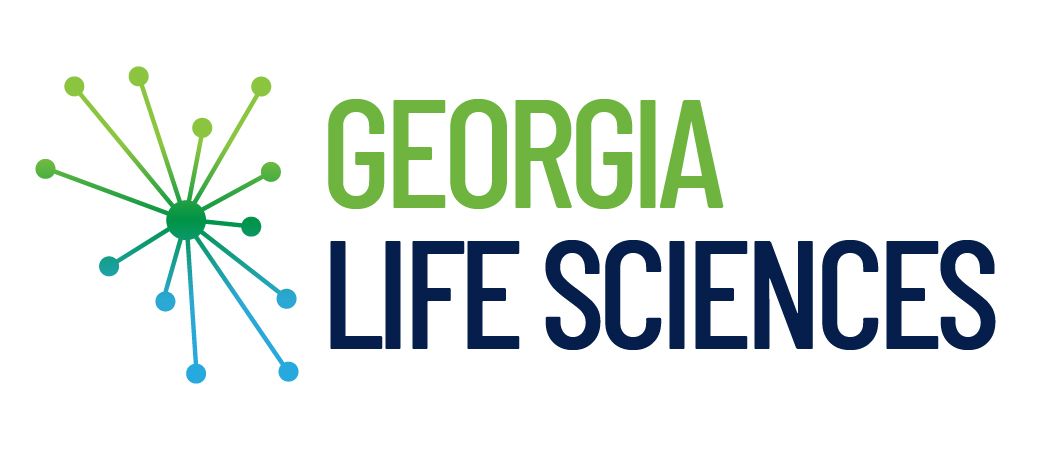7.23.2020. Cornerstone Government Affairs COVID-19 Legislative Update
Legislation
Supplemental IV
Timeline: After a couple fire drills between the White House and Senate Republicans, Leader McConnell said
on the Senate floor today that Republicans will be releasing the bill early next week
. He indicated that various Senate Chairs and other senators will be introducing their portions of the bill on Monday. McConnell had planned to roll out the bill this morning, after reportedly
reaching an agreement with the White House last night. However, some last-minute disagreements caused a delay to next week. As there are some difficult sticking points that remain to be worked out between Democrats and Republicans, negotiations will not be quick and painless
– there’s no guarantee that the bill is negotiated before the July 31 unemployment insurance expiration. Last week, House Majority Leader Hoyer told members to keep the first week of August open, though now there is talk of voting during the second week of August.
The Paycheck Protection Program expires on August 8.
Politics/Process: Republicans have been working to reach consensus over the past week, but the past two days have shown the most volatility.
There were reports of Leader McConnell proposing the extension of the enhanced unemployment insurance (UI) for four months at a lower rate of $450 per week, separate from a larger package. The White House reportedly rejected that idea. Severing the UI portion of the package would take significant pressure off lawmakers to get this done quickly. Late last night the White House and Senate Republicans had reportedly reached a deal and McConnell was set to roll it out at 9:30am this morning, but that plan was quickly changed and the roll out was delayed to next week. While the plan is to begin releasing the package in pieces on Monday, we could see another delay if consensus isn’t reached. Some committees had already finished drafting text, while others may still be in process.
Until Republicans introduce a bill,
Democrats are in no hurry to begin negotiating with themselves
. Minority Leader Schumer and Speaker Pelosi have been in constant conversation and will likely remain so. As Republicans will need 60 votes to pass the bill through the Senate, Democrats will have significant leverage once negotiations begin. Senate Majority Whip John Thune has indicated that when this is all said and done, he may lose as many as 25 Republicans on the final vote.
Policy: While text has yet to be finalized and there could be significant changes from now until Monday
, the following represents what the White House and Senate Republicans had agreed to as of last night (agreement here
):
- Extension of the enhanced unemployment insurance , though there will be a transition period of beneficiaries receiving a flat amount (less than $600 per week) then moving to a different policy that disallows beneficiaries from receiving more in the benefit than their previous income.
- Extension of the Paycheck Protection Program including:
- A second round of PPP loans for business that have 1) fewer than 300 workers, OR 2) are within an SBA-designated size threshold for their industry and can show 50% or more in lost revenue.
- Streamlined forgiveness for loans under $150k.
- Forgiveness to include other costs like riot damage, supplier costs, and other expenses.
- Working capital loan for businesses with fewer than 300 workers (as an alternative to PPP).
- Liability protections for organizations that mandate plaintiffs show defendants were grossly negligent/engaged in willful misconduct AND violated public health guidelines.
- No funding for state, local, tribal, or territorial governments , but states may use the funding to make up lost revenues. Limitations on what states can use funding for (no funds for pensions/rainy-day fund).
- Tax provisions including,
- Enhanced employee retention tax credit ,
- Tax deductions for COVID-related expenses like testing and PPE,
- Increasing the business meal deduction to 100 percent (from 50 percent).
- $235 billion for health
, including
- $25 billion for testing,
- $26 billion for vaccines,
- $15.5 billion for NIH
- $25 billion for provider relief fund
- $15 billion for child chare
- $4.5 billion for SAMHSA.
- $105 billion for education
including:
- $29 billion for higher education institutions,
- $70 billion for K-12 (with schools receiving it within 30 days of enactment, $30 billion of this will be available only to schools that physically reopen).
- Another round of economic stimulus payment (eligibility and amount TBD).
- Medicare and Medicaid provisions including:
- Part B premium freeze until 2022,
- Extension of telemedicine reimbursement through 2021,
- Extended timeline for providers to repay Medicare Advances.
- $302 billion for appropriations including:
- $235 billion for Labor HHS (referenced above),
- $20 billion Agriculture,
- $21.3 billion for Defense ($11 billion for 3610 payments),
- $13 billion for THUD,
- ~$3 billion for Homeland (almost $1 billion for FEMA grants, $1.6 billion to CBP),
- $5 billion for SFOPS.
Democrats have continued to roll out new proposals (Sen. Wyden and Leader Schumer proposal on unemployment insurance, white papers on health care and testing) and highlight various provisions from the Heroes Act. Beyond extending unemployment insurance, funding for state/local/tribes, and funding for education and health, Democrats have been highlighting many other issues, including rental assistance
and supporting communities of color
, which have been disproportionately impacted by the virus.
The House passed the Democrats’ opening bid for the next bill, the Heroes Act, on May 15. While it’s been over two months since House passage of the bill and the contours of the debate and which issues are most pressing have shifted slightly, it can still serve as a marker of what Senate Republicans will be responding to in their bill. Heroes Act text (as of 5/12/2020) here. Section by section here. One pager here. State and Local one pager here. NCAI’s summary on tribal provisions here. Manager’s amendment here. House Rules Committee report here.
Passed Legislation
Moving forward, this section will only include new information and guidance. For past information and guidance and legislation, please refer to the archives. For a summary of all supplementals, please see here.
New Implementation Information and Guidance
The post 7.23.2020. Cornerstone Government Affairs COVID-19 Legislative Update appeared first on Georgia Bio.




